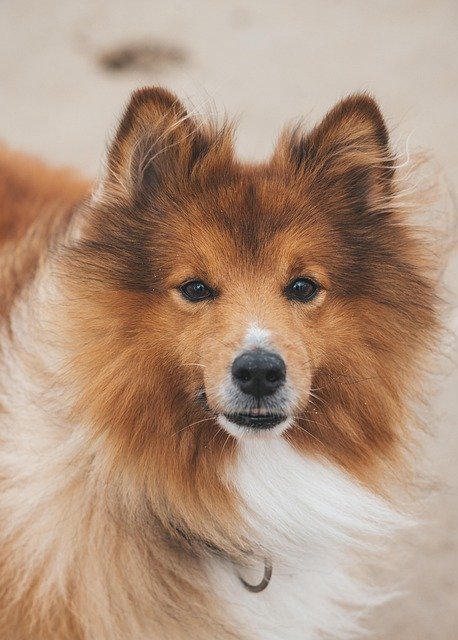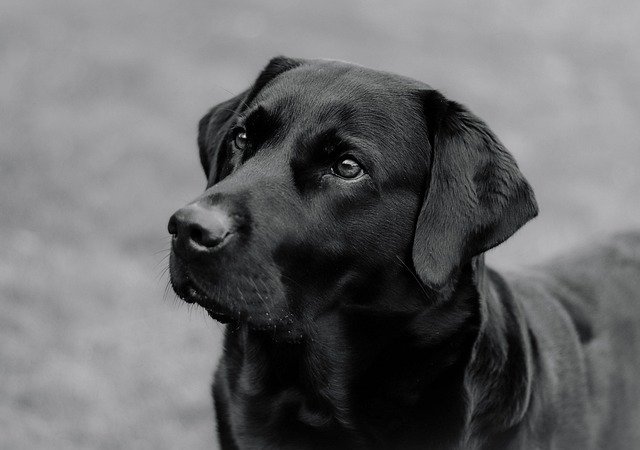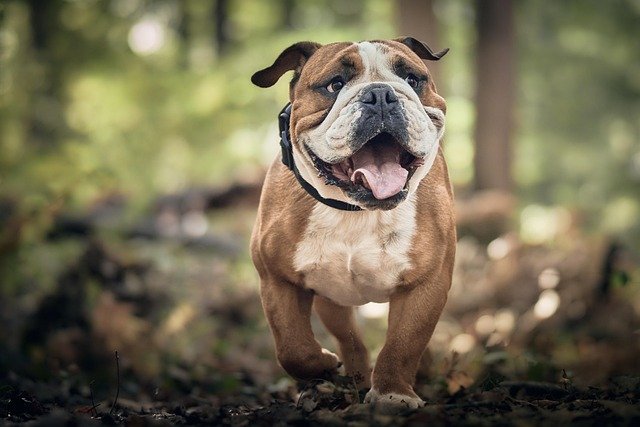How to Socialize an Aggressive Dog with Other Pets: A Stress-Free 2025 Guide

Estimated reading time: 10 minutes
Key Takeaways
- Understanding the root cause of aggression is crucial for effective socialization.
- Safety preparations like neutral spaces and proper tools are essential before introductions.
- Gradual exposure and positive reinforcement help build trust between pets.
- Long-term management ensures sustained harmony in multi-pet households.
- Professional help may be necessary for severe cases of aggression.
Table of Contents
- Introduction
- Understanding Dog Aggression
- Preparing for Safe Introductions
- Step-by-Step Socialization Techniques
- Training for a Multi-Pet Household
- Long-Term Management & Preventing Relapses
- Conclusion
- Frequently Asked Questions
Introduction
Does your dog growl, snap, or lunge at other pets? You’re not alone. Many pet owners struggle with how to socialize an aggressive dog with other pets 2025. Dog aggression—whether from fear, territorial instincts, or past trauma—can make introductions stressful. But with the right approach, even the most reactive dogs can learn to coexist peacefully.
This guide covers proven 2025 techniques to safely introduce an aggressive dog to other pets, reduce tension, and build trust. Whether you have cats, other dogs, or small animals, these steps will help create a happier, safer home.
Understanding Dog Aggression
Before socializing an aggressive dog, you need to know why they act out. Common causes include:
- Fear or anxiety (new pets, loud noises, unfamiliar places).
- Territorial behavior (guarding their home, bed, or favorite human).
- Resource guarding (food, toys, or treats).
- Frustration (leash reactivity, lack of exercise).
Signs of aggression:
- Growling or snarling.
- Stiff body posture.
- Lunging or snapping.
- Raised hackles (fur standing up).
Early intervention is key. The longer aggression goes unchecked, the harder it is to fix. For deeper insights into dog behavior, explore our guide on Pet Communication: Understanding How Your Pets Express Emotions and Needs.
Source: Salish Veterinary Hospital
Preparing for Safe Introductions
Before bringing pets together, safety comes first. Follow these steps:
✅ Assess Your Dog’s Temperament
- What triggers their aggression?
- Do they respond to basic commands like “sit” or “stay”?
✅ Choose a Neutral Space
- Avoid introducing pets in your dog’s territory (like their home).
- Use a quiet park or a friend’s yard instead.
✅ Use Safety Tools
- Leashes & harnesses for control.
- Baby gates or crates for separation.
- Muzzles if there’s a bite risk.
✅ Have High-Value Treats Ready
- Reward calm behavior with small, tasty treats.
Pro Tip: If your dog struggles with leash reactivity, our Dog Walking Tips for a Safe and Enjoyable Routine offers practical solutions.
Source: Off Leash K9 Training

Step-by-Step Socialization Techniques
Now, let’s dive into how to socialize an aggressive dog with other pets 2025 safely.
1. Scent Swapping (Before Meeting Face-to-Face)
- Swap blankets or toys between pets.
- This helps them get used to each other’s smell first.
2. Controlled Visual Exposure
- Keep pets at a distance (like across a room).
- Reward calm behavior with treats.
- Gradually decrease distance over days or weeks.
3. Short, Supervised Meetings
- Keep initial meetings under 5 minutes.
- Watch for signs of stress (growling, stiff body).
- End on a positive note—before tension builds.
4. Redirect Aggression
- If your dog reacts, use a command like “sit” or “look at me.”
- Reward them for focusing on you instead of the other pet.
5. Increase Interaction Slowly
- Only move to closer contact when both pets are relaxed.
- Repeat sessions daily for consistency.
For dogs with anxiety, our guide on Cat Anxiety Remedies: Stress Relief Tips for Your Feline includes transferable calming techniques.
Source: Whole Dog Journal
Training for a Multi-Pet Household
Once your dog tolerates other pets, long-term harmony is the goal.
✔ Separate Feeding Areas
- Prevents food aggression.
- Feed pets in different rooms if needed.
✔ Group Training Sessions
- Teach commands like “leave it” or “stay” together.
- Reward calm behavior around other pets.
✔ Supervised Playtime
- Start with short, controlled play sessions.
- Stop if tension arises.
✔ Give Each Pet Their Own Space
- Dogs need a safe retreat (like a crate or bed).
- Prevents territorial conflicts.
Learn more about creating a harmonious home in Creating a Pet-Friendly Home: Essential Tips for a Safe and Comfortable Space.
Source: Off Leash K9 Training

Long-Term Management & Preventing Relapses
Socializing an aggressive dog isn’t a one-time fix—consistency is key.
🔹 Stick to a Routine
- Dogs thrive on predictability.
🔹 Watch for Triggers
- Avoid situations that cause stress.
🔹 Get Professional Help if Needed
- If aggression worsens, consult a dog trainer or vet behaviorist.
🔹 Be Patient
- Progress may be slow, but small wins add up.
For ongoing behavioral support, explore Positive Reinforcement Techniques for Aggressive Dogs 2025 Guide.
Source: Whole Dog Journal
Conclusion
Learning how to socialize an aggressive dog with other pets 2025 takes time, patience, and the right techniques. By understanding aggression, preparing carefully, and using positive reinforcement, you can help your dog feel safer around other animals.
Remember: Every dog is different. Some may adjust quickly, while others need months of training. If you’re struggling, don’t hesitate to seek professional help.
Have you successfully socialized an aggressive dog? Share your story in the comments!
Need more help? Check out these resources:
Frequently Asked Questions
What causes dog aggression?
Dog aggression can stem from fear, territorial instincts, resource guarding, or past trauma. Identifying the root cause is essential for effective training.
How long does socialization take?
The timeline varies by dog. Some may show progress in weeks, while others require months of consistent training and positive reinforcement.
When should I seek professional help?
If your dog’s aggression escalates despite your efforts, or if there’s a risk of injury to other pets or people, consult a professional trainer or vet behaviorist immediately.
